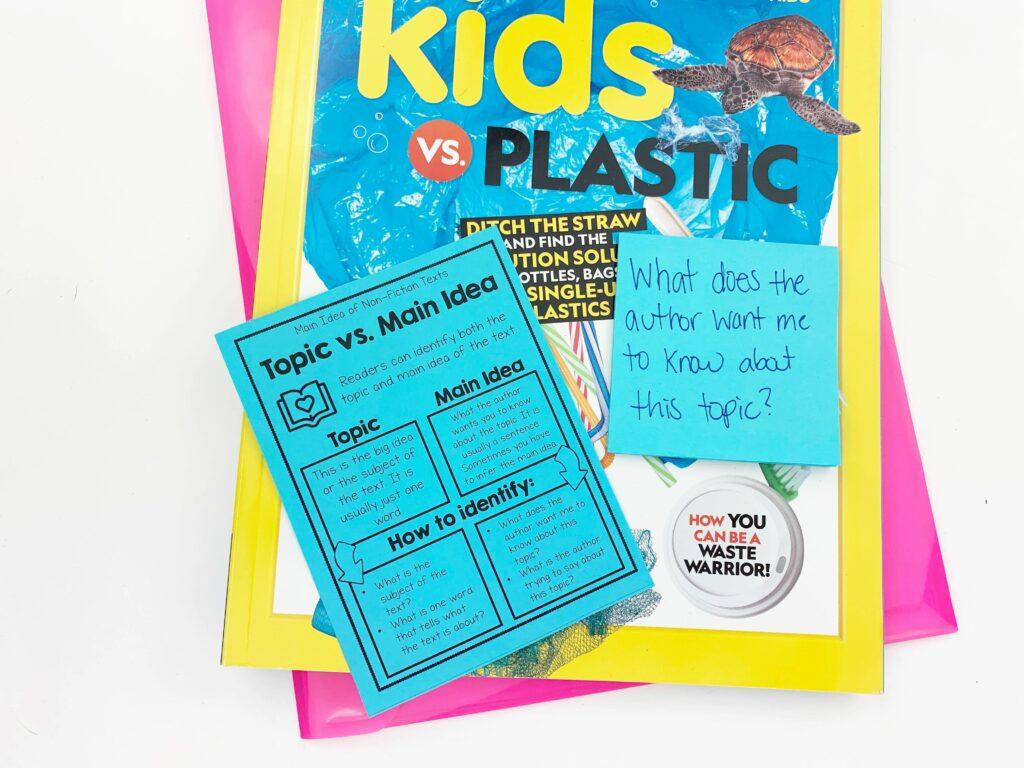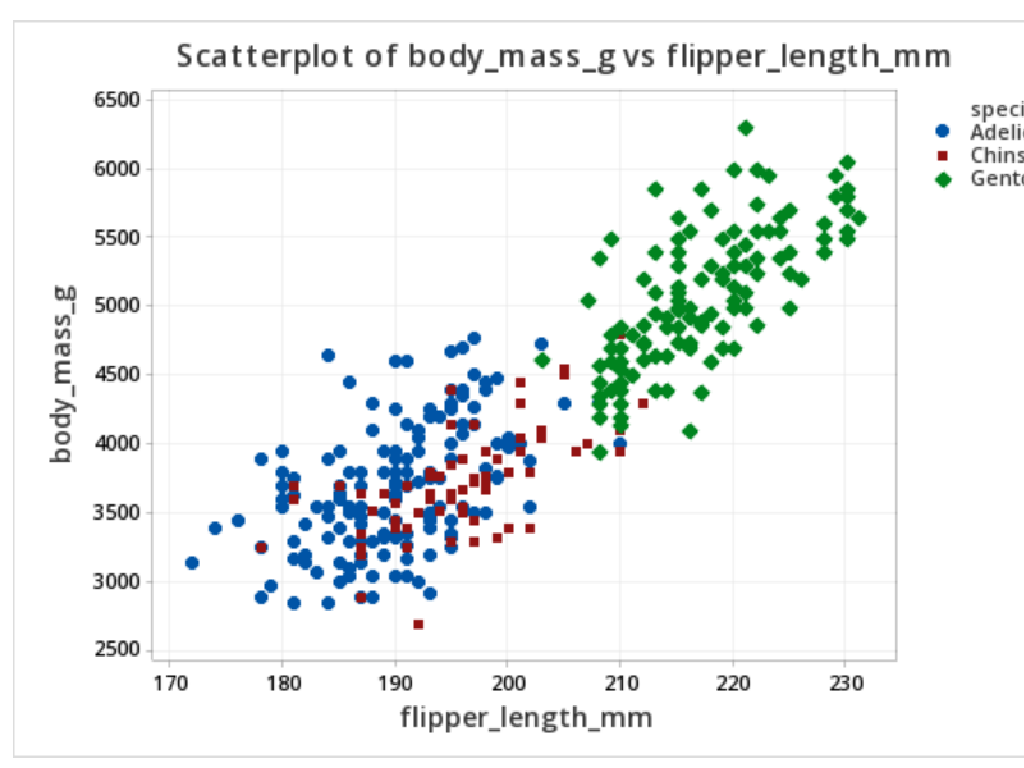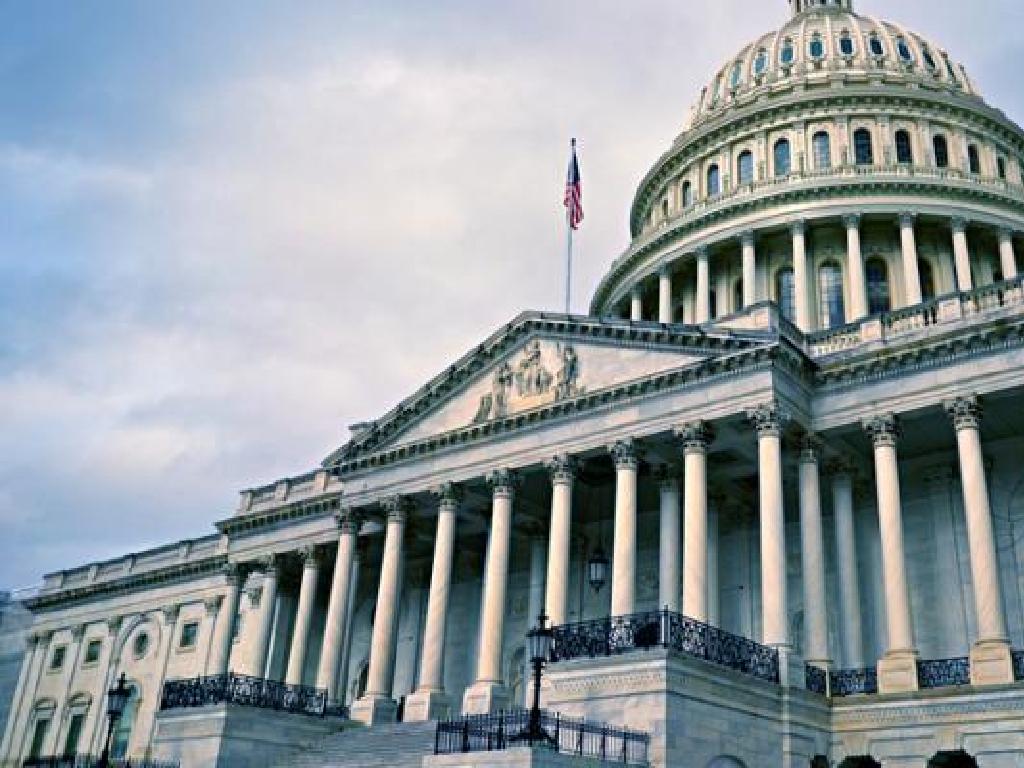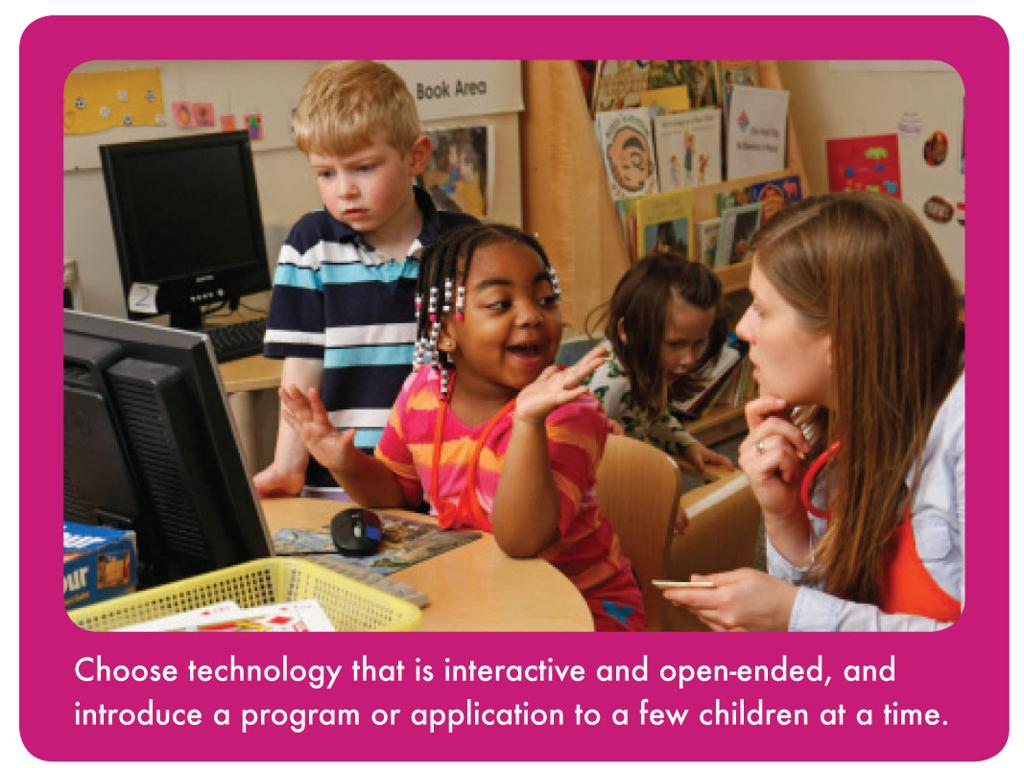Read Historical Fiction
Subject: Language arts
Grade: Fourth grade
Topic: Literary Texts: Level 2
Please LOG IN to download the presentation. Access is available to registered users only.
View More Content
Welcome to Historical Fiction!
– Understanding Historical Fiction
– A genre where stories are set in the past, with real historical events or people.
– Stories as windows to the past
– Imagine living in another time! What did kids do for fun long ago?
– Reasons we explore history in fiction
– To learn about history, understand different perspectives, and enjoy exciting tales.
|
This slide introduces students to the genre of historical fiction, which combines the drama of storytelling with the intrigue of past events. It’s important to convey that while these stories are fictional, they are set against a backdrop of real historical contexts and can include actual historical figures. Encourage students to think of historical fiction as a time machine that lets them experience different eras. Discuss the educational value of historical fiction in understanding the past, recognizing different viewpoints, and engaging with history in an enjoyable way. Prepare to give examples of popular historical fiction books appropriate for their reading level.
Exploring Historical Fiction
– Fiction vs. Non-Fiction
– Fiction is made-up stories, non-fiction is based on facts.
– Traits of Historical Fiction
– Historical fiction has real settings from the past with fictional characters or events.
– Distinguishing Fact from Fiction
– Learn to tell apart real historical facts from the added fictional details.
– Importance of Historical Context
– Understanding the time period helps us grasp why characters act as they do.
|
This slide introduces students to the genre of historical fiction, helping them understand the difference between fictional stories and non-fictional accounts. Emphasize that historical fiction is a unique blend where the setting is real and historically accurate, but the characters and plot might be made up. Encourage students to think critically about what parts of their reading could be true and which are artistic additions by the author. Discuss the importance of the historical context in shaping the characters’ lives and decisions. This will help students appreciate the genre and improve their analytical skills when reading historical fiction.
Time Travel with Books: Historical Fiction
– Historical fiction as a time machine
– Stories set in the past that bring history to life
– Imagine living in the past
– Picture yourself in ancient Egypt or medieval Europe
– Examples of historical fiction
– ‘I Survived’ series, ‘Little House on the Prairie’
– Why historical fiction is fun
– It combines real history with exciting stories
|
This slide aims to introduce students to the genre of historical fiction, which allows readers to experience different historical periods through engaging narratives. Encourage students to think of historical fiction as a time machine, transporting them to various times and places. Discuss how these stories can help them imagine what life was like in the past. Provide examples of age-appropriate historical fiction books, such as the ‘I Survived’ series or ‘Little House on the Prairie’, and explain why these books can make learning history enjoyable. The goal is to spark interest in reading historical fiction and to enhance their understanding of history through literature.
Meet the Characters in Historical Fiction
– Identify the protagonist
– The main character in the story
– Recognize the antagonist
– The character in conflict with the protagonist
– Explore character development
– How characters change throughout the story
– Discuss characters’ challenges
– The difficulties characters face and overcome
|
This slide aims to help students understand the key characters in historical fiction. Start by explaining the roles of the protagonist, the main character, and the antagonist, who opposes the protagonist. Discuss how characters can develop and change over time, influenced by events and their own decisions. Highlight the importance of challenges and growth, which make the characters’ journeys compelling. Use examples from well-known historical fiction books suitable for fourth graders to illustrate these points. Encourage students to think about the characters in their own reading and how they might have changed from the beginning to the end of the story.
Setting the Scene in Historical Fiction
– ‘Setting’ shapes the story
– Setting includes time, place, and historical backdrop
– Authors build a historical world
– Research and historical details make the world feel real
– Descriptive language brings it to life
– Using sensory details, authors help us see, hear, and feel the setting
– Visualize the past through words
– Imagine living in the past with the characters
|
The setting in historical fiction is crucial as it grounds the story in a particular time and place, providing a backdrop that is essential for authenticity. Authors often use extensive research to recreate historical details accurately. Descriptive language is a powerful tool that allows readers to visualize the setting, making the historical world come alive. Encourage students to think about how the setting affects the characters and the plot. Ask them to describe the setting of a historical fiction book they have read or are currently reading, focusing on how the author paints a picture of the past with words.
Plot Twists and Turns in Historical Fiction
– Understanding plot structure
– Beginning, middle, end: key parts of a story
– Major events shape the story
– Battles, discoveries: events that change characters’ lives
– Predicting story outcomes
– Guess what might happen based on story clues
– Recognizing plot twists
– Surprises in the story that keep us guessing
|
This slide aims to help students grasp the concept of plot structure in historical fiction, emphasizing the significance of major events and their impact on the story’s direction. Students should learn that a plot includes a beginning, where the setting and characters are introduced; a middle, where the main events occur; and an end, where the story concludes. Highlight how historical events can influence the characters and lead to pivotal moments in the narrative. Encourage students to use context clues and foreshadowing to make predictions about the story’s outcome. Discuss the excitement of plot twists and how they make the story unpredictable. In the next class, students can discuss their predictions and if any plot twists surprised them while reading.
Fact vs. Fiction Activity
– Identify historical facts in the story
– Distinguish real from fictional elements
– Group activity: Fact or Fiction sorting
– Work together to categorize story elements
– Discuss findings with the class
– Share your group’s sorting and reasoning
|
This slide introduces an interactive class activity designed to help students differentiate between historical facts and fictional elements in historical fiction. Begin by explaining how historical fiction blends true events and characters with imagined stories. During the activity, students will work in groups to read selected passages and decide whether each element is a ‘Fact’ or ‘Fiction’. Provide guidance on how to look for context clues and cross-reference with known history. After sorting, each group will discuss their decisions and provide justifications. This exercise enhances critical thinking and comprehension skills while fostering teamwork. Prepare a list of passages in advance and ensure there are clear historical references for students to analyze.
Create Your Historical Fiction
– Writing our own stories
– Choose a historical period
– Pick a time in history you find exciting!
– Brainstorm story ideas
– Think about the characters and setting
– Class activity: Write a story paragraph
– Use your imagination to write a paragraph set in your chosen time period
|
This slide introduces the class activity where students will engage in writing their own historical fiction. Start by discussing what historical fiction is and how it blends real historical facts with creative storytelling. Encourage students to choose a historical period they are interested in, such as Ancient Egypt or the Wild West. Guide them to brainstorm ideas about the characters they might include, the setting, and possible events that could happen in their story. For the class activity, each student will write a short paragraph of their historical fiction story, focusing on incorporating historical elements into their narrative. Provide a structured worksheet to help them organize their thoughts. Possible activities for different students could include writing from different perspectives, creating a dialogue between historical figures, or describing a famous event through the eyes of a fictional character.
Sharing Our Stories: Historical Fiction Insights
– Present your historical paragraph
– Reflect on the historical period
– What facts and events did you learn?
– Discuss our creative journeys
– Share how you created your story
– Engage in class discussion
– Listen and learn from classmates
|
This slide is designed for a class activity where students will share the historical fiction paragraphs they have written. They should discuss the historical context of their stories, reflecting on the events and the time period they explored. Encourage them to talk about their creative process, including how they integrated historical facts with fictional elements. Facilitate a class discussion that allows students to ask questions and learn from each other’s experiences. This activity aims to deepen their understanding of historical events and enhance their appreciation for the creative writing process.
Conclusion & Reflection: The Journey Through Historical Fiction
– Reflect on our Historical Fiction journey
– Connecting fiction with historical facts
– How characters and settings bring past events to life
– Historical Fiction deepens history comprehension
– Stories make history relatable and memorable
– Homework: Read and prepare to discuss
|
As we wrap up our exploration of Historical Fiction, encourage students to think about the stories they’ve enjoyed and what aspects of the genre they found most engaging. Discuss how Historical Fiction uses characters and settings to animate historical events, making them more vivid and easier to understand. Highlight how these narratives provide a personal perspective on history, allowing students to connect emotionally with the past. For homework, assign a Historical Fiction book appropriate for fourth graders and instruct them to be ready to discuss the story, its historical context, and what they learned from it in the next class. This will reinforce their understanding and appreciation of the genre.






